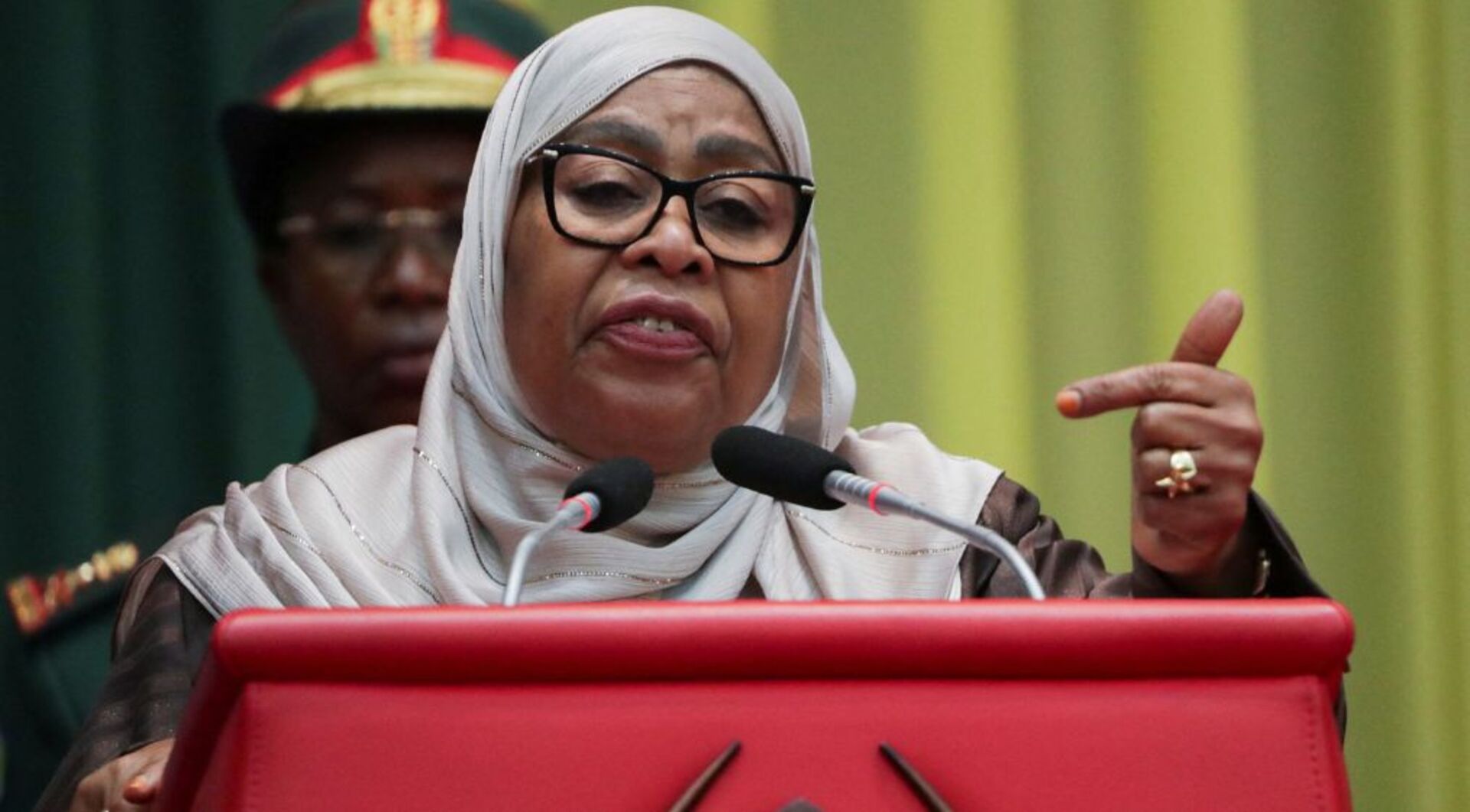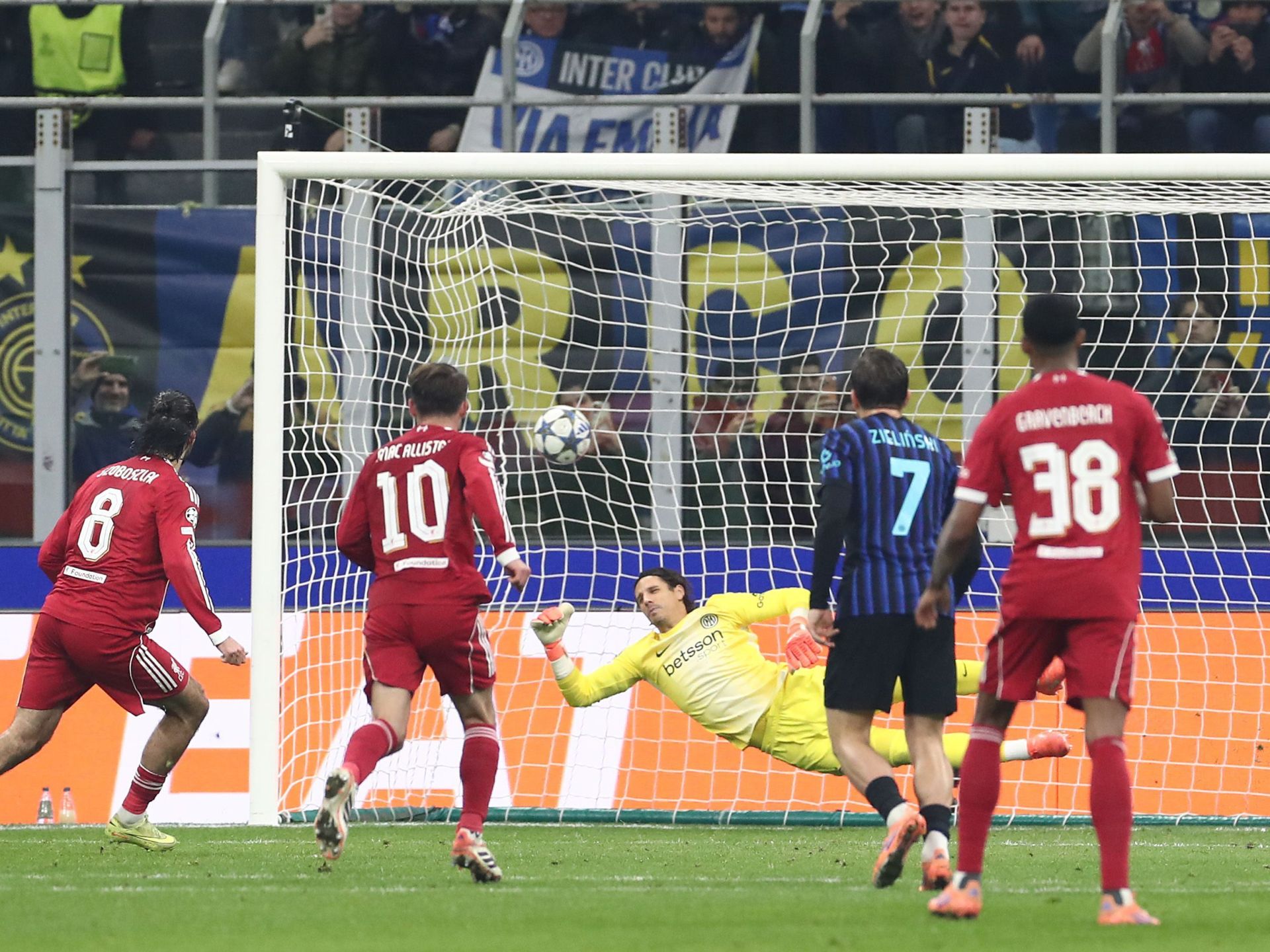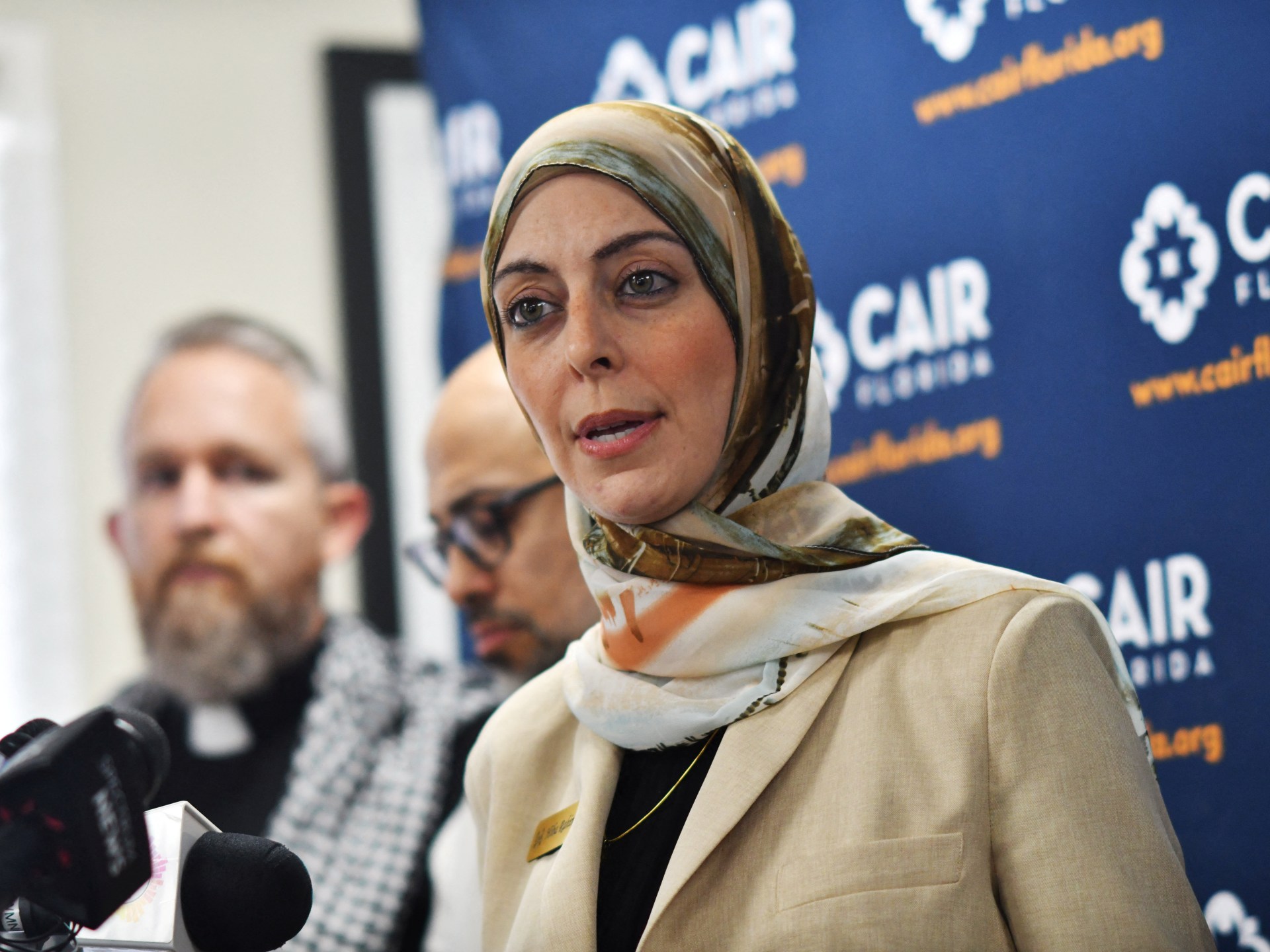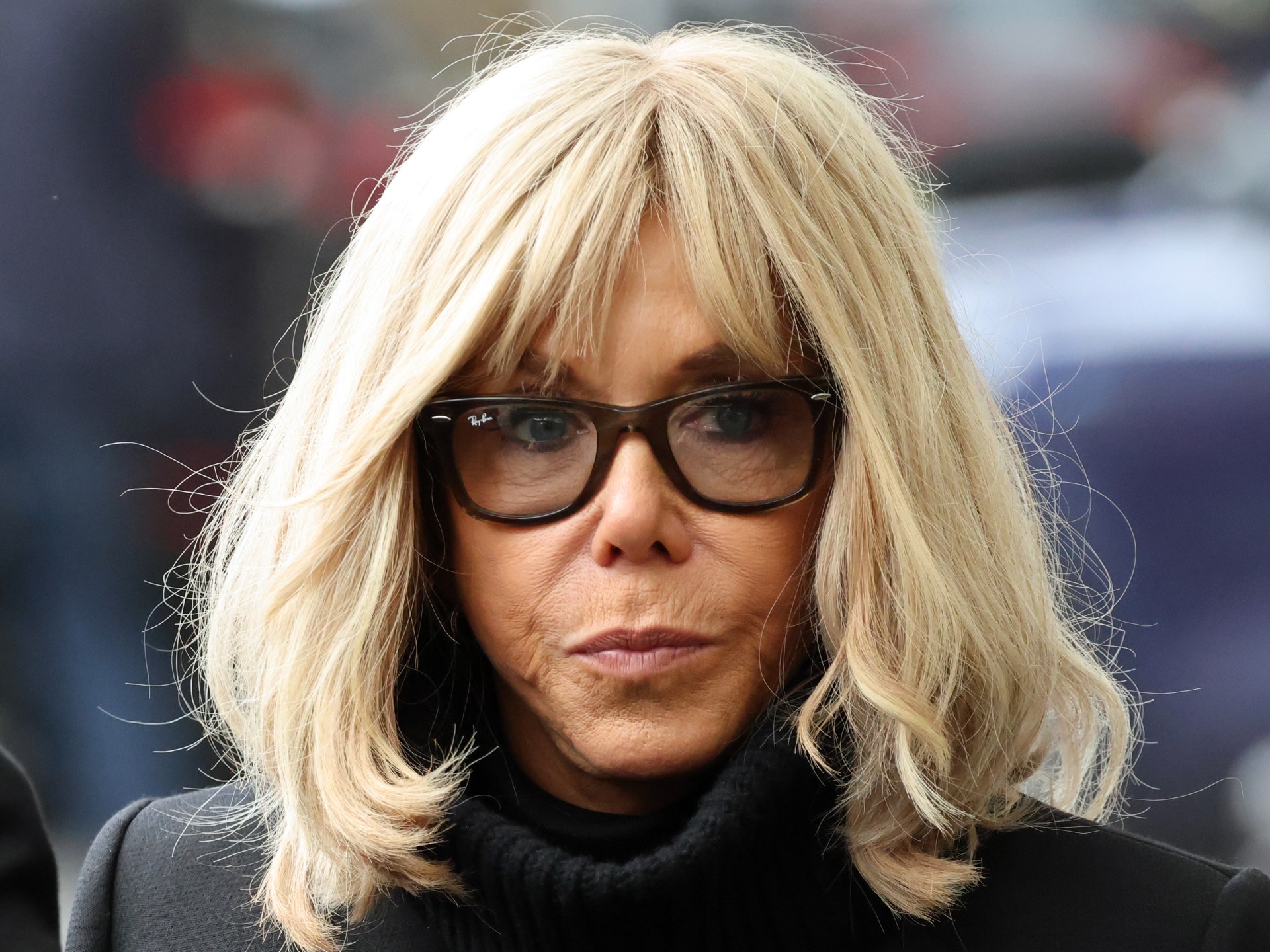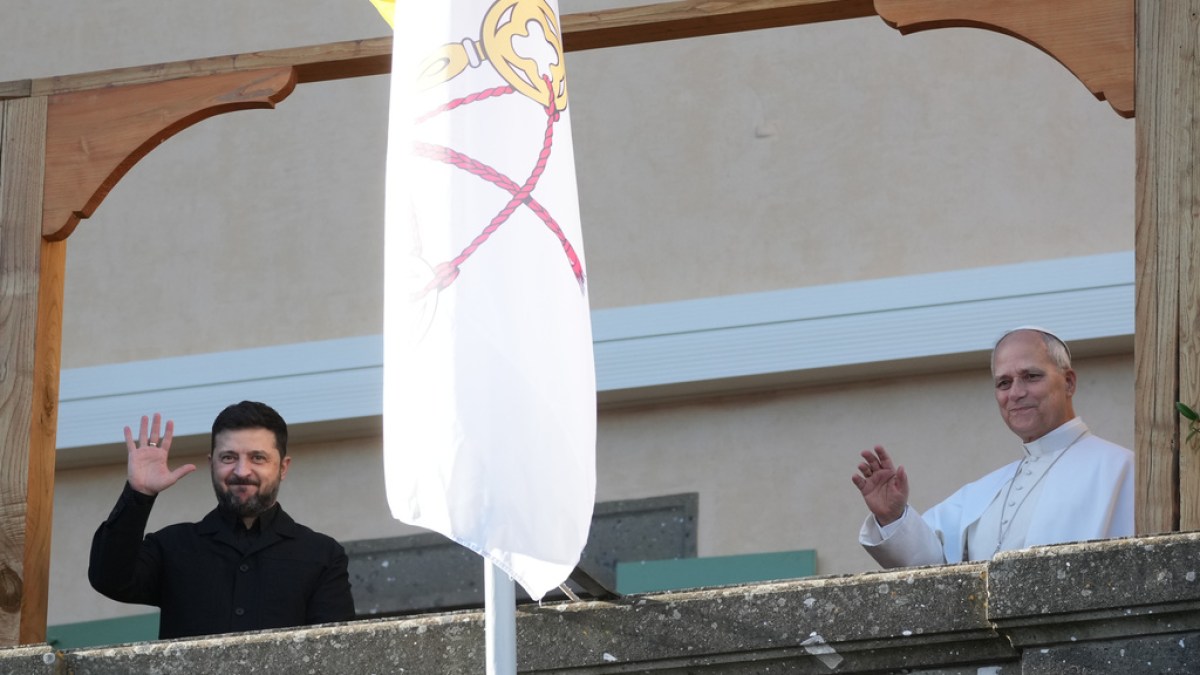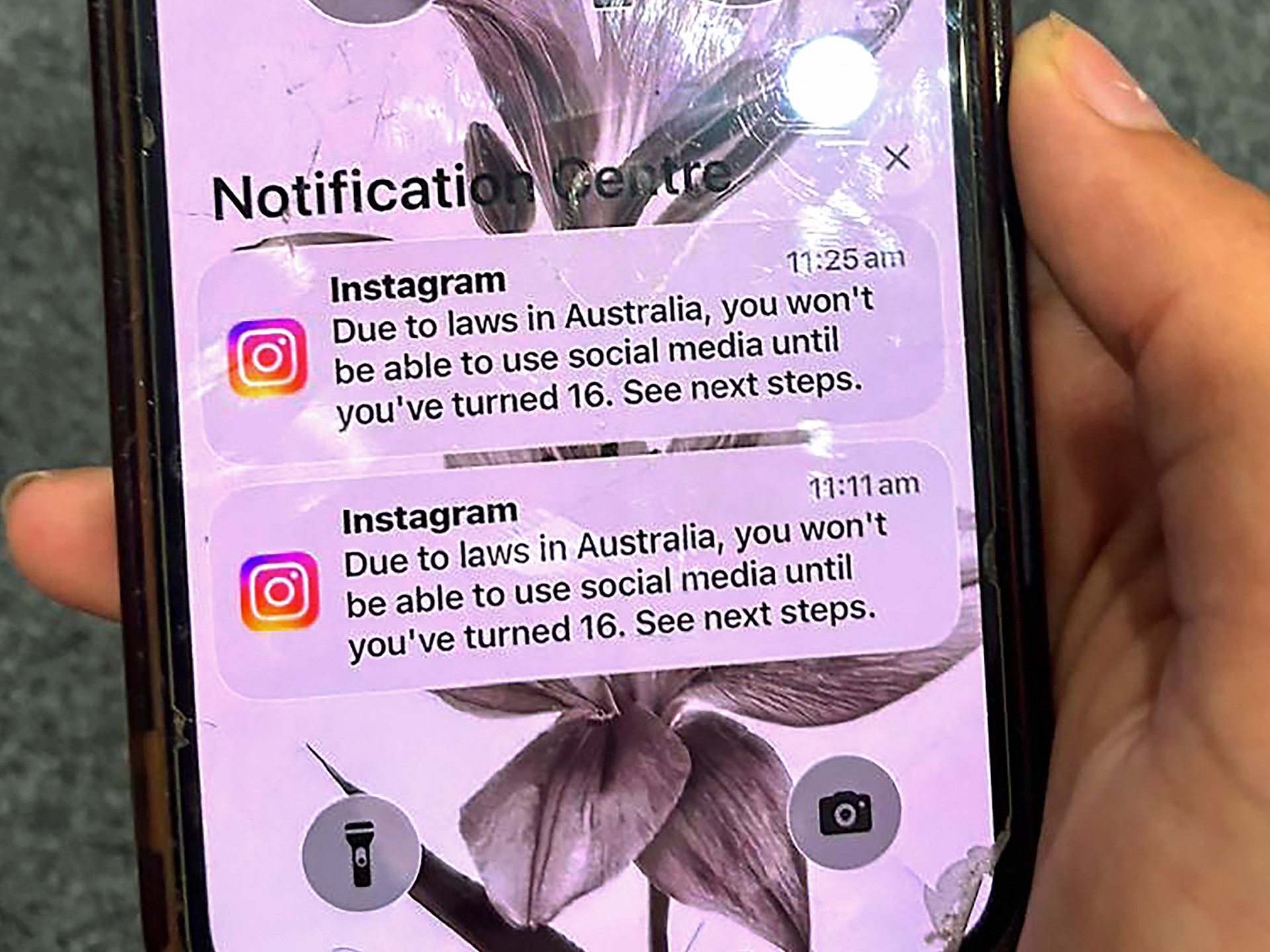The Council on American-Islamic Relations (CAIR) says it is in the process of filing a lawsuit against Florida Governor Ron DeSantis for designating the civil rights group as a “foreign terrorist” organisation.
Hiba Rahim, the interim executive director of the state chapter of CAIR, told Al Jazeera on Tuesday that while DeSantis’s decision will not have any immediate effect on the group, it could fuel Islamophobia in Florida and across the United States.
Recommended Stories
list of 3 itemsend of list
“We’ll continue doing the work that we do every day to defend civil liberties and protect American Muslims, and to protect the community at large and to uphold the Constitution,” Rahim told Al Jazeera.
DeSantis announced his decision to blacklist CAIR on Monday, calling upon state agencies to take action against anyone who provides “material support” to the civil rights group.
But critics point out that the governor’s “foreign terrorist” designation appears to be largely symbolic. Such designations can only be made at the federal level.
Moreover, CAIR is a domestic group with dozens of chapters across the country and hundreds of employees and contributors who are US citizens. It therefore cannot be labelled a foreign group.
“Material support to terrorism” is a serious criminal charge that would require legal proceedings, and the civil rights group has not yet faced any formal accusations.
But DeSantis’s announcement echoes a similar move taken by Texas Governor Greg Abbott, another Republican, last month.
DeSantis ‘welcomes’ lawsuit
Founded in 1994, CAIR describes itself as the largest Muslim American civil liberties organisation. The group says it supports “free enterprise, freedom of religion and freedom of expression” and opposes all violence against civilians.
CAIR has been involved in major lawsuits defending Muslim civil rights, including cases that made it to the US Supreme Court.
The group has also filed legal challenges to protect the free speech of US citizens involved in advocacy for Palestinian rights.
In his executive order on Monday, DeSantis — who launched an unsuccessful bid for president last year — also designated the Muslim Brotherhood as a “terrorist” group.
Israel is mentioned throughout the decree, which says that Hamas is seeking “the eradication of Jews from their historic homeland of Judea and Samaria”, another term for the occupied West Bank, a Palestinian territory.
CAIR has long been a target for right-wing, pro-Israel advocates. The Israeli government itself has asked its Ministry of Defence to consider designating the US nonprofit as a terrorist group.
In Tuesday’s interview, Rahim criticised DeSantis for pursuing “Israel First” policies, instead of protecting US citizens who might be affiliated with CAIR.
She underscored that, in 2019, DeSantis held his first official cabinet meeting as Florida governor in Israel, a sign of his close relationship with the country.
Rahim also slammed the governor for failing to speak out about the plight of his Palestinian American constituents.
In July, Israeli settlers in the West Bank beat to death Florida ice cream shop worker Sayfollah Musallet, and 16-year-old Florida teen Mohammed Ibrahim was jailed by Israel for more than eight months this year without any public protest from the governor.
“What type of priorities is he showing the people of Florida when he elevates an ‘Israel First’ policy and ignores the needs of the Floridian people?” Rahim told Al Jazeera.
Earlier on Tuesday, Rahim told reporters that CAIR is proud to be “America First”, highlighting the patriotism of the Muslim group while questioning DeSantis’s loyalties. She said CAIR’s mission was to defend the rights enshrined in the US Constitution.
The Florida governor has said he would welcome a lawsuit against CAIR’s “terrorist” designation, arguing that a legal challenge would give the state “discovery rights to be able to subpoena” the group’s bank records.
However, if CAIR were indeed suspected of any criminal activity, state officials should be able to seek a search warrant to investigate its activities, without waiting for a lawsuit.
Rahim appeared unfazed by the prospect of having the group’s records made public. “We welcome it as well, and we will see him in the courtroom,” she told reporters.
Islamophobia on the rise
The targeting of CAIR comes amid a spike in Islamophobia across the country, with politicians, including allies of President Donald Trump, sharpening their anti-Muslim rhetoric.
Earlier this year, several right-wing Congress members, including Chip Roy and Tommy Tuberville, introduced bills against the establishment of Islamic law — measures that critics consider a red herring.
Rather than addressing a real issue, rights advocates say the legislation is instead aimed at demonising the Muslim community and portraying Islam as a threat to the Constitution.
Last month, anti-Muslim activists also marched on the city of Dearborn, Michigan, which is home to a large Muslim community. There, they hurled racist insults at residents and tried to burn the Quran.
Muslim American activist Ahmed Bedier, who hosts a radio show in Florida’s Tampa Bay area, said there appears to be a concerted effort by right-wing and pro-Israel advocates to paint Muslims as a threat to distract from the atrocities in Gaza.
“This definitely feels like there is a coordinated campaign to convince Americans that somehow Muslims are the real enemies — that there’s this Muslim scare: ‘The Muslims are taking over. Sharia is conquering,’” Bedier told Al Jazeera.
He added that targeting CAIR is a “political stunt masquerading as a security policy”.
So far, the federal government has not commented on DeSantis’s move against CAIR. The US State Department, which has the authority to label groups as “terrorist”, did not respond to Al Jazeera’s request for comment.
But Trump himself has been intensifying his anti-immigrant rhetoric, recently calling the largely Muslim Somali community in the US “garbage”.
As far back as 2015, when he was campaigning for his first term as president, Trump has called to ban all Muslims from entering the US.
However, during his re-election campaign last year, Trump actively courted the Muslim community, visiting Dearborn and inviting imams to join him onstage at one of his rallies in Michigan.
On Tuesday, Rahim called on the US president to side with CAIR against DeSantis.
“Every person and every politician has a chance and an opportunity to make the right decision,” she told Al Jazeera.
